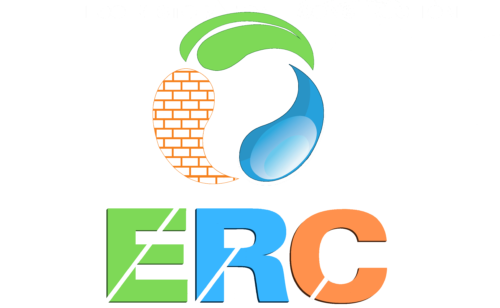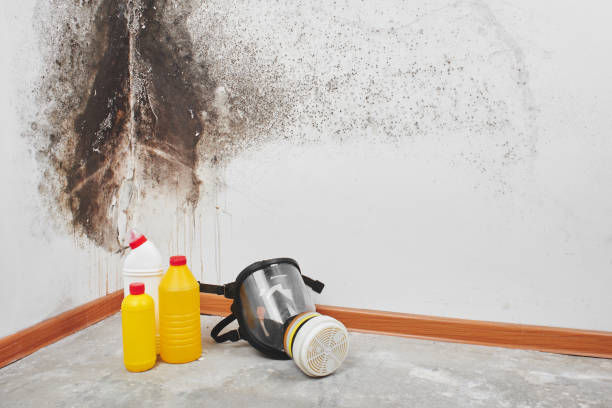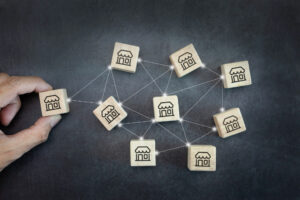Are you confused by the terms mold removal and mold remediation? Or are you unsure about the best solution to your mold problems?
Mold removal differs from mold remediation, in that mold removal involves physically eliminating all mold spores, whereas mold remediation focuses on bringing mold levels to normal, natural levels.
Mold removal and mold remediation are synonymous words. The latter, however, is impossible to achieve. Because airborne mold spores are small and abundant in outdoor and indoor contexts, removing all mold from the atmosphere is theoretically impossible.
What is mold removal?
Mold removal is the process of removing the mold’ in layman’s words. But, as easy as it appears, there is more to it. “Removing” may sometimes refer to simple cleaning without addressing the underlying issue. Therefore, determining the cause of mold growth is important.
Molds are a natural component of our ecology, and they cannot be entirely eliminated. Mold spores are naturally present in all indoor and outdoor environments. Therefore, it is theoretically impossible to eliminate all molds, but the key is to manage their growth.
Mold spores are normally innocuous until they land on a moist surface and develop into active mold. When mold grows in your house, it must be removed as soon as possible. However, unless the contaminated area is extremely small, a basic mold removal procedure will never enough to treat mold problems in your house.
What is a mold remediation?
You might be wondering what mold remediation is and what it entails.
Mold remediation refers to all methods involved in removing dangerous mold development. Depending on the kind and location, it may require mold testing, demolition, sanitizing, containment, and mold cleaning. A skilled restoration company that knows the essential nature of mold development will offer treatment to reduce the mold levels in your house to a safe level rather than a misleading promise of total mold eradication.
What is mold?

Before we go into the methods for removing mold, let’s define it. Fungi are also known as mold. There are around 300,000 different types of fungi. Trichoderma, epicoccum, penicillium, and aspergillus are examples of common indoor fungi.
Mold thrives in a variety of environments. Mold can thrive in harsh conditions. Although it flourishes in wet and dark areas, it does not die once the area is dry.
Signs of mold
Homeowners may be unaware they have a mold problem until someone in the house begins to cough, sneeze, or has a runny nose, watery eyes, or nasal congestion. Such sudden allergic problems generally indicate a mold infestation in the building.
Some molds are hazardous to humans and animals. For example, extremely toxic molds can cause life-threatening sickness, severe asthma episodes, and even neurological issues.
Lingering, musty scents within the property might indicate the presence of mold; however, not all molds emit odors. Mold development can also be seen visually. Mold might appear as black, green, or white clusters. Some molds that develop beneath wallpaper might seem orange or pink.
Mold growth is possible in a house that has received long-term water damage. Mold spores may attach to moist surfaces in as little as 48 hours. In addition, water leaks can sometimes cause mold outbreaks. Mold can also explode invisibly behind walls along plumbing lines.
Why does mold grow in your home?
Mold spores are numerous in the atmosphere, as previously stated. Spores are necessary to aid in decomposing natural materials such as leaves. When mold spores attach to natural inside a structure, the helpful characteristic of mold reverses and becomes destructive. Mold eats away at organic materials, causing structural deterioration.
Mold becomes a severe problem only when materials within a home remain moist for an extended time. Mold spores are fed by constant moisture combined with an organic food supply.
Mold thrives on organic materials such as drywall wood, dust, paper, and carpets. Mold is abundant behind walls, ceilings, and under carpeting when these organic materials remain moist for an extended time.
Common types of mold
A competent mold remediation specialist will be able to tell the difference between harmful mold and allergic home molds. Aspergillus molds, for example, can cause lung infections in susceptible people. In addition, some Aspergillus molds produce mycotoxins, which cause allergic responses.
Food deterioration is caused by Penicillium mold. Several Penicillium molds produce mycotoxins. When a Penicillium mold infestation becomes widespread, it can harm the health of building occupants by producing allergic responses and hypersensitivity pneumonitis. A musty odor indicates the presence of this mold.
The mold remediation process

Mold remediation is a multi-step procedure that restores overgrown fungi to their original levels. Remediation also tackles the root causes of a mold outbreak to help prevent it from happening again.
Inspection
Mold examination is the initial stage in the cleanup. First, your home will be thoroughly checked for visible symptoms of mold. Experts will also collect air samples to determine the type of mold. They can do so because the airborne spores have been activated to multiply and are no longer dormant. The type of mold will inform scientists on how to stop the epidemic. In addition, the spore count in the air sample can be used to evaluate the amount of contamination.
Containment
All mold-infested areas have been sealed up. The mold has been confined to prevent it from spreading to other property sections. When molds become active, they produce spores. While being removed, these spores spread through the air and may settle on other surfaces. As a result, professional mold treatment entails isolating infected areas before cleaning or removing them.
Air filtration
To rid the house of active spores, high-efficiency air filters are installed in the HVAC unit. This will help in keeping the spores from developing into fungus. Depending on the amount of contamination, professionals may also use special HEPA-filtered vacuums to collect any spores that may have been collected on a surface.
Disposal & removal
The type of material on which the mold develops will determine whether or not the mold must be disposed of. When mold grows on porous material, the most common course of treatment is removal.
Mold colonies are cleaned using antifungal and antibacterial chemicals. This mold cleansing method will help prevent the formation of new mold. The location of the fungus determines the method of cleanup. Non-porous and hard surfaces, such as a bathtub or sink, can be thoroughly cleaned by wiping and then using a safe, certified biocide.
Mold can enter porous areas such as wood floors and walls. As a result, there might be a bigger problem inside these locations. After inspecting every contaminated porous area, the ones with deeper mold growths will need to be removed and replaced.
Sanitization
Once the treatment is completed, your home needs to be sanitized. The removal of mold-infested materials is usually followed by a thorough cleaning of all affected things, such as furniture, drapes, floors, walls, etc. This will also include deodorization and odor removal using fogging equipment.
Conclusion
Now that you understand the difference between mold removal and mold treatment, you can make an informed decision when choosing a mold service. Keep in mind that true mold removal does not exist. When dealing with a mold outbreak in your house, mold remediation is the best option. Mold will be confined and thoroughly cleansed. Measures will be made to prevent the mold from reoccurring. A thorough mold remediation method keeps potentially harmful mold problems at bay.
If you are looking for a professional mold remediation specialist in South Florida, contact us today!






